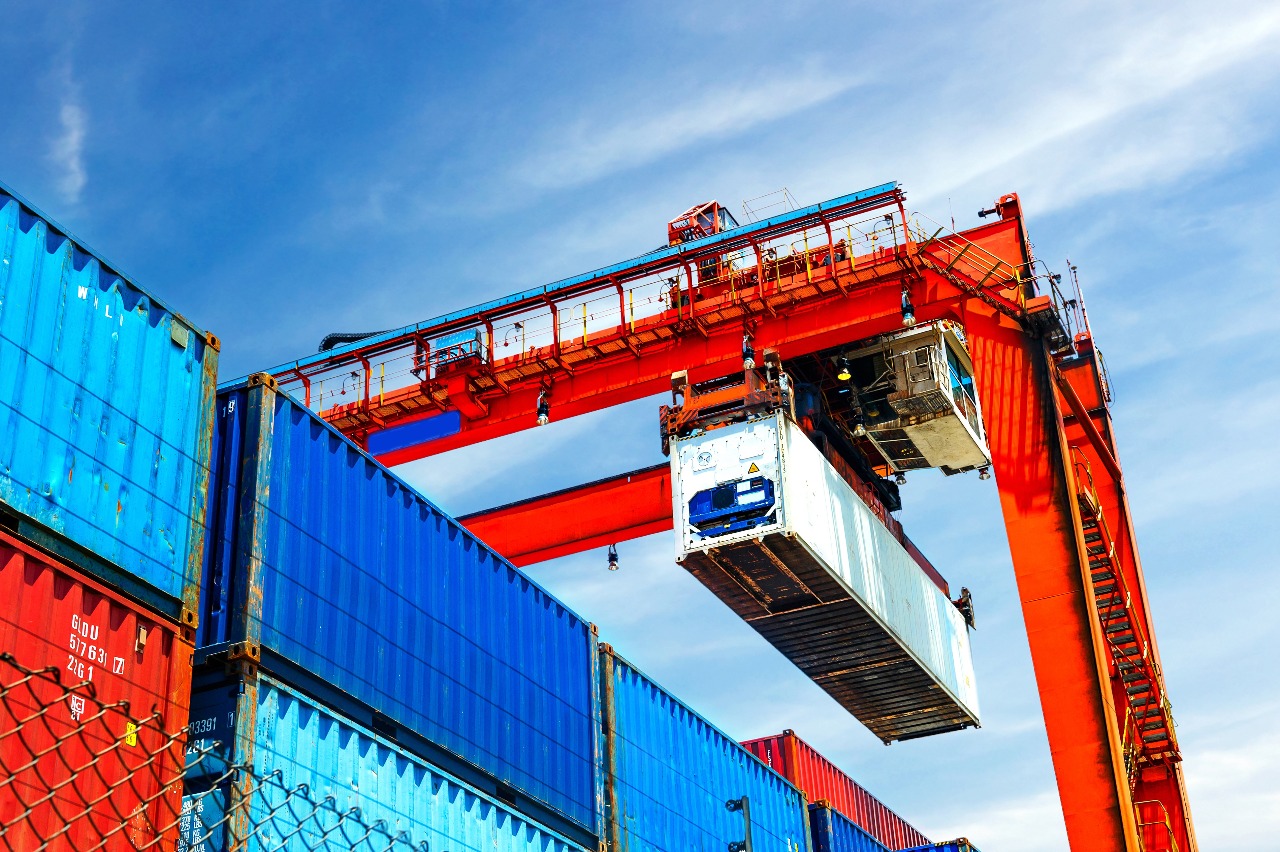Experienced logistics partners can help businesses boost ROI in a bullish shipping market that’s seeing rate increases across the board.
Although economic growth dipped in the fourth quarter of last year, 2017 saw steady overall activity that many logistics professionals expect will continue to drive up shipping rates throughout 2018. Indeed, rising demand for shipping capacity has caused prices to soar in multiple transportation modes as shippers scramble to manage their supply chains. Barring an unexpected economic downturn, this upward swing shows no immediate signs of abating.
Across different modes of transportation, higher shipping rates will require supply chain managers to get creative when it comes to problem-solving. Ultimately, this trend reinforces the importance of finding tested industry partners that are strategically positioned to drive value in an increasingly complex — and expensive — marketplace.
Truckload Rates See Consistent Growth
Heightened by the supply chain disruptions of this past hurricane season and the electronic logging device (ELD) mandate, strong economic growth has tightened capacity throughout the truckload (TL) and less-than-truckload (LTL) industries. This scarcity has, predictably, caused shipping rates to increase across the board.
These rate hikes are likely to affect multiple areas of the TL industry such as dry van, reefer, and flats. Compounded by a widespread shortage of highly trained drivers willing to work on today’s average wages, scarcity — and its associated costs — will likely continue for the time being.
Even in the LTL industry, where rate increases have been controlled over the past several years, overflow shipping from a strained TL market has caused prices to go up. Paired with accelerating e-commerce activity, LTL carriers aren’t likely to lower rates anytime soon.
Rail Freight and Intermodal Booming
Rail shipping rates are on the up and up as total traffic continues to see year-over-year improvement. For example, the week ending April 14 saw a 4.3% increase for carloads and intermodal units compared with the same period last year.
This increase has been consistent throughout 2018, indicating that rail and intermodal are riding a wave of heightened demand. Additionally, declining activity in the coal industry and other traditional rail businesses has provided the industry with the capacity that other modes seem to lack, hinting at a period of sustained growth — and prices — to come.
Ocean Carrier Rates Continue Correction
Ocean carrier rates are no exception to rate hikes throughout the shipping and logistics industry. As economic activity leads to greater trade volume and tax reform benefits large businesses, freight companies are seeing reduced capacity that is causing prices to rise.
Additionally, increasingly expensive fuel prices and the bankruptcy of Hanjin Shipping, one of the world’s largest ocean carriers, continue to have reverberations throughout the market. Although spot freight prices have fallen slightly as the market has made slight corrections for these factors, it’s unlikely that the pendulum will swing wildly in one direction or the other.
Air Cargo on the Upswing
According to the International Air Transport Association (IATA), air freight demand was up 9% in 2017, the strongest increase since the immediate aftermath of the financial crisis. As with other modes of transportation, vigorous economic activity is causing rates to spike throughout the industry in 2018.
Although capacity has yet to meet demand, the economic benefits of this disparity mean that carriers aren’t likely to race to close the gap. Instead, they’ll probably focus on boosting efficiency through technological innovation and added service offerings for temperature-sensitive industries such as pharmaceuticals.
Tested Industry Partners Ready to Drive Value
Navigating an expensive shipping and logistics market calls for building effective partnerships with industry professionals who have the resources and experience to control costs. By working with experienced integrated logistics partners, companies stand a better chance of securing competitive pricing and riding seasonal fluctuations in demand to their benefit.
For more than two decades, Primary Freight has excelled at driving value for our partners across the globe. Thanks to well-placed contacts across the shipping and logistics landscape, our team can prepare clients to weather soaring costs — and help them turn a profit doing it. No matter the size of your business or the scope of your needs, Primary Freight can develop strategies that work for you, your company, and your budget.
If you’d like to learn more about how Primary Freight’s warehousing and distribution solutions, contact us today at (800)-635-0013.
